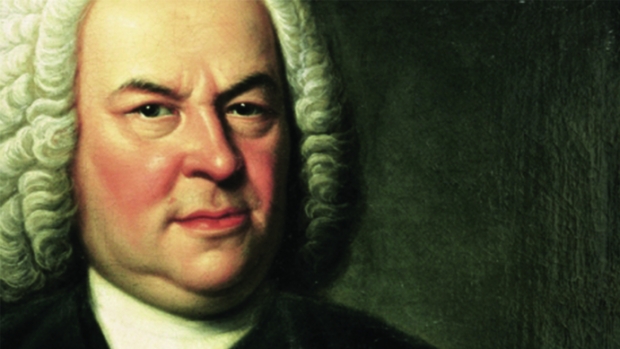Perhaps the most prolific period of instrumental chamber music writing in the life of J.S. Bach (1685-1750) was his tenure as music director at the Calvinist court of Cöthen from 1717-1723. Calvinism rejected the excessive musical displays of Lutheranism, therefore Bach had no formal church music duties during this six-year appointment. However, this was not to say that his patron, Prince Leopold of Anhalt, did not enjoy music, thus resulting in ample requests for secular solo and ensemble works for entertainment purposes. Bach’s compositional output from this time included instrumental suites, sonatas, and partitas, the keyboard suites and inventions, the first book of The Well-Tempered Clavier, and the Brandenburg Concertos.
Simultaneously, the 18th-century baroque flute was quickly becoming one of the most popular instruments among amateurs and virtuosos alike— Bach’s flute works, including the Partita in A minor and the six sonatas, were certainly composed for the latter. The technical demands of the unaccompanied Partita require the flutist to juxtapose melody with the illusion of harmony by quickly moving between registers. Bach adopted the form of this four-movement work from the French baroque instrumental dance suites. Though this work is commonly known as the Partita in A minor, the prescribed French title is Solo Pour la Flûte Traversière— perhaps this is merely a nod to the French origin of the instrumental dance suite, or Bach could have composed this work with a particular French virtuoso flutist in mind. The “Allemande,” no longer danced by the 17th century, is a highly-ornamented introductory movement. The moderate triple-time “Corrente” certainly portrays the idea of “running” with a steady stream of sixteenth notes. The third movement is a slow and dignified “Sarabande,” and the work concludes with a “Bourée Angloise,” a frequent Bach substitute for the more customary “Gigue.”
Performing this work while wielding a modern transverse flute poses a great challenge in terms of creating a sense of authenticity. A wide array of interpretations exist, but I prefer listening to traverso recordings. While I personally do not play traverso, I strive to adapt some of the inherent characteristics of the instrument to my own playing. This recording by Sandra Miller is one of my favorites:

